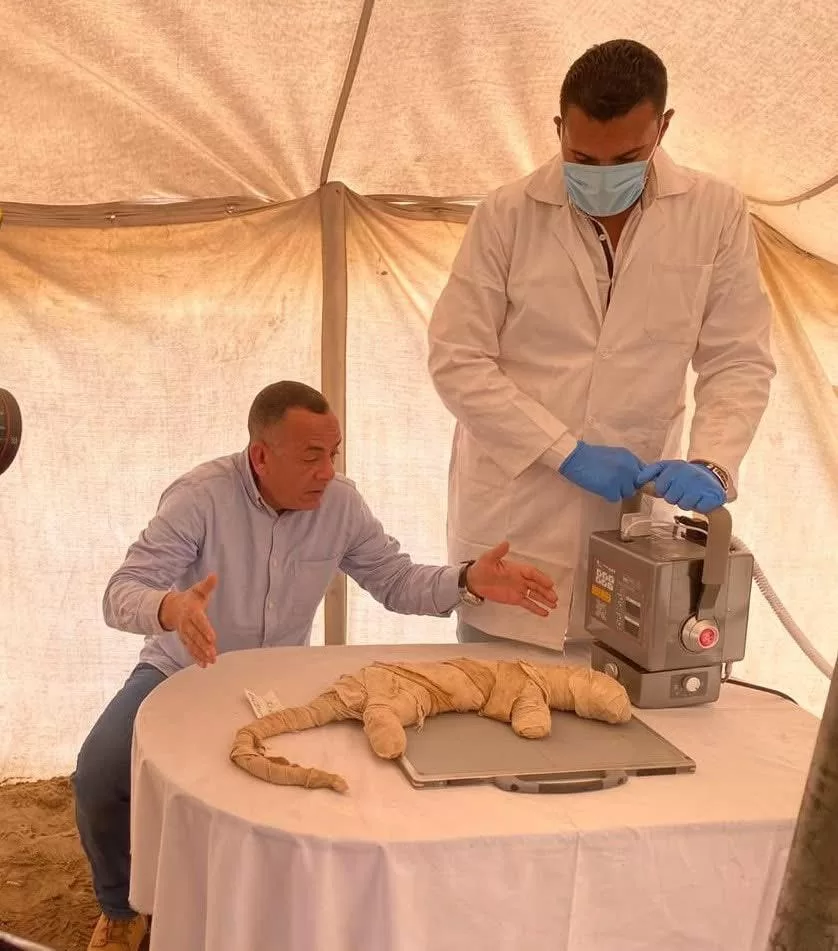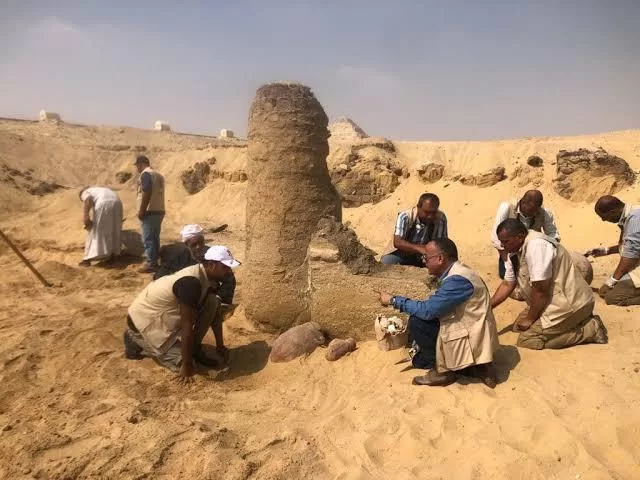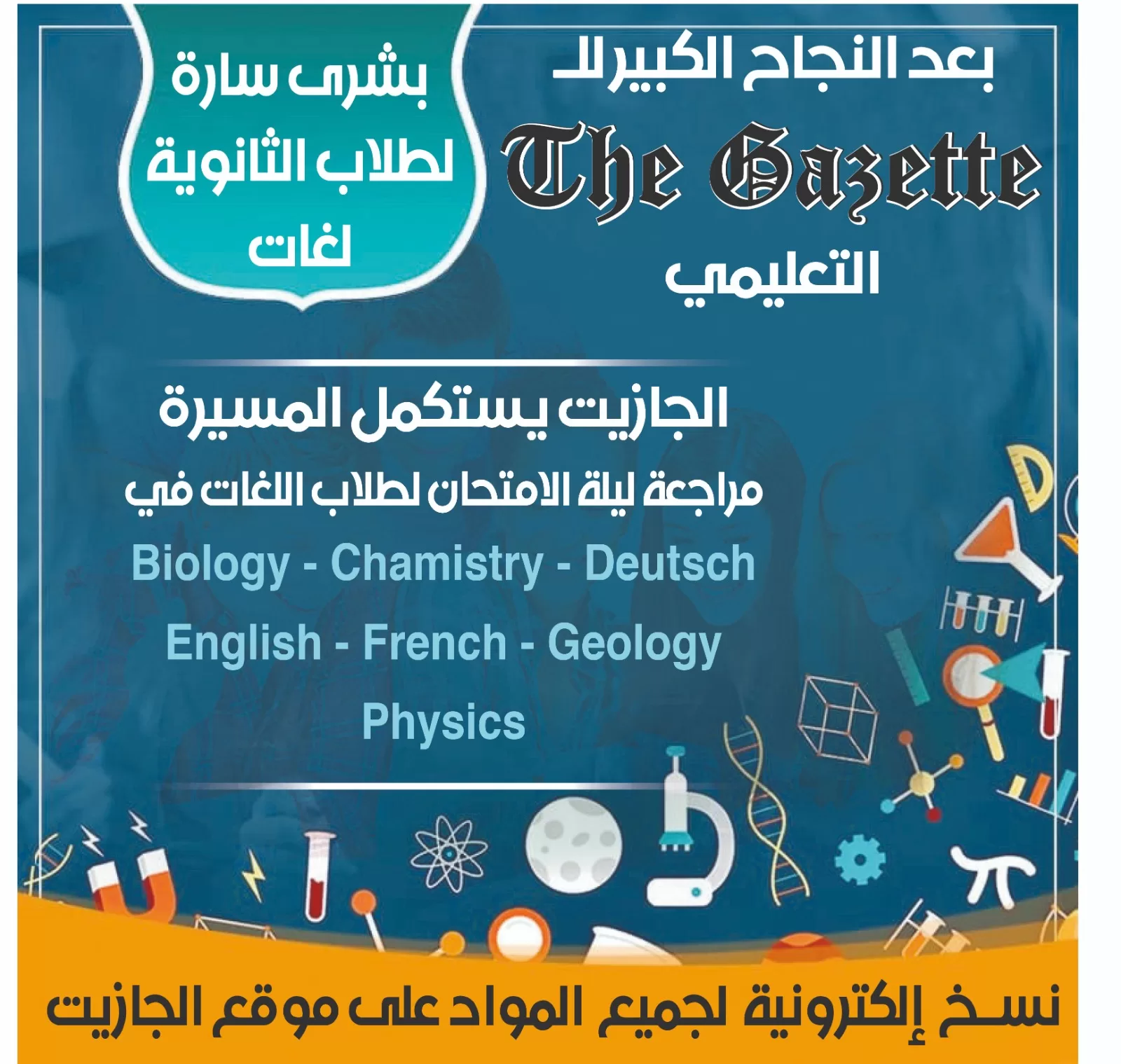Egypt’s captivating ancient artefacts have long served as a stage for both thrilling discoveries and dangerous deceptions.
The promise of sudden wealth, interwoven with myths and folklore, has tragically led many astray.
As the saying goes, where greed exists, so too does opportunity for manipulation.
This truth is especially stark in the shadowy domain of alleged hidden antiquities, where swindlers exploit the treasure-hungry, blinding them to reality.
These con artists craft enticing myths of buried treasures supposedly hidden beneath homes or land, convincing the unwary of riches waiting to be unearthed.
Armed with a mix of deceit and incense, they systematically strip their victims of money, leaving them financially ruined with only shattered dreams to show for it.
Greed’s grip has driven some to unfathomable acts. In one village in Lower Egypt, a father, deluded by fraudulent claims that a virgin girl’s blood could unlock hidden treasures, committed the unthinkable — taking his daughter’s life.
In Assiut Governorate, a similarly horrifying event unfolded, when another man, convinced that a child’s hands were needed to access a tomb, murdered his young nephew.
To better understand the issue of illegal excavations and the persistent myth of hidden antiquities, The Egyptian Gazette interviewed Mostafa Waziry, a renowned Egyptologist and former head of the Supreme Council of Antiquities (SCA).
He said that, as a condition, this issue is exacerbated by fictional portrayals on television, which misleadingly depict people becoming immensely wealthy from antiquities.
He cited ignorance, the lack of awareness, and the reckless ambition for quick profits as major factors driving such behaviour.
Remarkably, Waziry noted, this obsession with antiquities is far from a modern phenomenon.
“It dates as far back as ancient Egypt itself,” Waziry said.
“During periods of weakness, such as the 21st Dynasty, tomb robbers roamed freely. People who desired funerary goods, but lacked the means would open tombs, remove furniture, and alter engravings to make them their own,” he added.
As tomb theft became widespread, priests sought to protect the royal ancestors.
“They gathered mummies into secure caches, like the Deir el-Bahari cache which was discovered in 1881. These royal mummies were once displayed in the Egyptian Museum in Tahrir and were eventually moved to the National Museum of Egyptian Civilisation in Fustat, in southern Cairo,” he said.
Another cache, unearthed by Waziry’s team in 2019 in the Asasif area of western Luxor, tells a similar story.
“At the transition between the 21st and 22nd Dynasties, priests collected coffins from looted tombs to preserve them. During our excavations, we discovered 30 intricately painted coffins,” Waziry recalled.
He also mentioned another cache in Saqqara containing numerous bronze statues, hidden to safeguard them from potential looters.
“These examples underscore how rampant tomb robbing has always been,” Waziry noted.
To combat such practices, the Egyptian government implemented stricter penalties over the years.
Under Law 117 for the protection of antiquities, initially enacted in 1983, Waziry said, illegal excavations were originally classified as misdemeanours.
However, subsequent amendments elevated them to felonies, with punishments including life imprisonment and hefty fines.
“Public awareness is crucial,” Waziry stressed. “People must understand that if they discover artefacts, they must hand them over to the authorities without expecting a cut of the reward. Antiquities are priceless and cannot be divided like money. However, there are incentives,” he added.
Unfortunately, Waziry revealed the existence of a global network involved in trafficking Egyptian artefacts, with auctions regularly promoting these treasures for sale.
“It’s imperative for citizens to report any suspicious digging in their neighbourhoods. When law enforcement authorities or the Public Security Department is notified, they collaborate with Tourism and Antiquities Police to investigate. With prosecution authorization, sites are inspected, and if antiquities are discovered, specialists from the SCA step in,” he explained.
Inside an Archaeological Mission
While criminals seek to exploit Egypt’s treasures for profit, dedicated archaeologists like Waziry are working tirelessly to preserve these priceless pieces of history.

Waziry shed light on the unique challenges faced by archaeologists at excavation sites.
“Digging teams range from 50 to 100 workers, depending on the site. These include skilled labourers, antiquities inspectors, a chief inspector, a site manager, and the mission leader,” he said.
He described the meticulous process of excavation: dividing the site into grids, strategically digging down layer by layer until evidence of antiquities is detected. At pivotal points, technical workers under the supervision of antiquities inspectors uncover entrances to tombs, consulting with mission leader before proceeding.
“We use modern tools initially, such as axes and chisels, but switch to finer instruments like brushes when we reach strata shaped by ancient Egyptians,” Waziry explained.
Upon reaching a tomb, small openings are created for ventilation. Occasionally, the team encounters scorpions or snakes seeking refuge from extreme weather.
“In such instances, we handle the situation without harm to anyone,” he said.

For stone artefacts, expert restorers apply protective measures on-site. For organic items, like wooden statues, mummies, or papyri, specialists create controlled environments before carefully moving the artefacts in archival boxes for further restoration.
Recalling one of his most memorable discoveries, Waziry shared, “The deepest site I’ve excavated was 20 metres in Ghoreifa, Minya Governorate, where we uncovered a life-sized statue of a bull. This incredible piece now resides in the Sharm El-Sheikh Museum.”
When dealing with monumental artefacts, such as coffins or statues, the team employs ropes similar to those used by ancient Egyptians.
“We’ve even found remnants of esparto grass ropes they once used,” he noted.
For Waziry, protecting Egypt’s history goes far beyond preserving artefacts; it’s about safeguarding the legacies and stories of previous generations.
“When we protect our history, we enrich the future for those who come after us.”






Discussion about this post